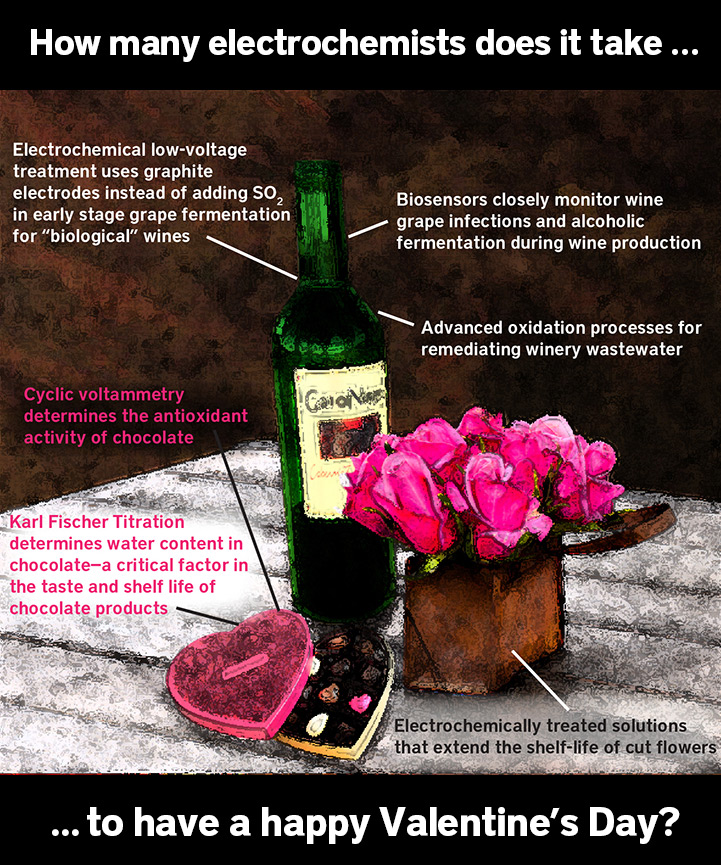Experience the wonders of Argonne National Laboratory at this year’s Chicago Section Spring Event! Featuring a laboratory tour, a dinner buffet, and a talk by distinguished speaker Dr. Deyang Qu, this event is not to be missed!
This event will take place on Tuesday, April 5th and begin at 3:30 p.m. Register now!
Argonne National Laboratory
Spanning 1,500 acres, Argonne National Laboratory is the largest national laboratory in the Midwest. Argonne serves as a center for government and corporate research and development, as well as academic collaborations, in the greater Chicago region.
Location
Argonne National Laboratory
9700 S. Cass Avenue
Argonne, IL 60439
Directions
Schedule of events
3:30 p.m. | Arrival to obtain a visitor pass for Optional Tour | Argonne Information Center
3:40 p.m. | Arrival at Guest House to depart for Optional Tour
3:45-5 p.m. | Depart for Transportation Center & Advanced Photon Source Tour (from Guest House)
5:15-6 p.m. | Dinner Registration & Reception | Guest House
6:00-7 p.m. | Dinner
Buffet choices of: mixed green salad, baked tilapia, grilled herb chicken breast, roasted herb potatoes, green beans and baby carrots, and assorted mini pastries
Prices:
Students and Retired Members: $10
Student Nonmembers: $15
Members: $35
Nonmembers: $45



